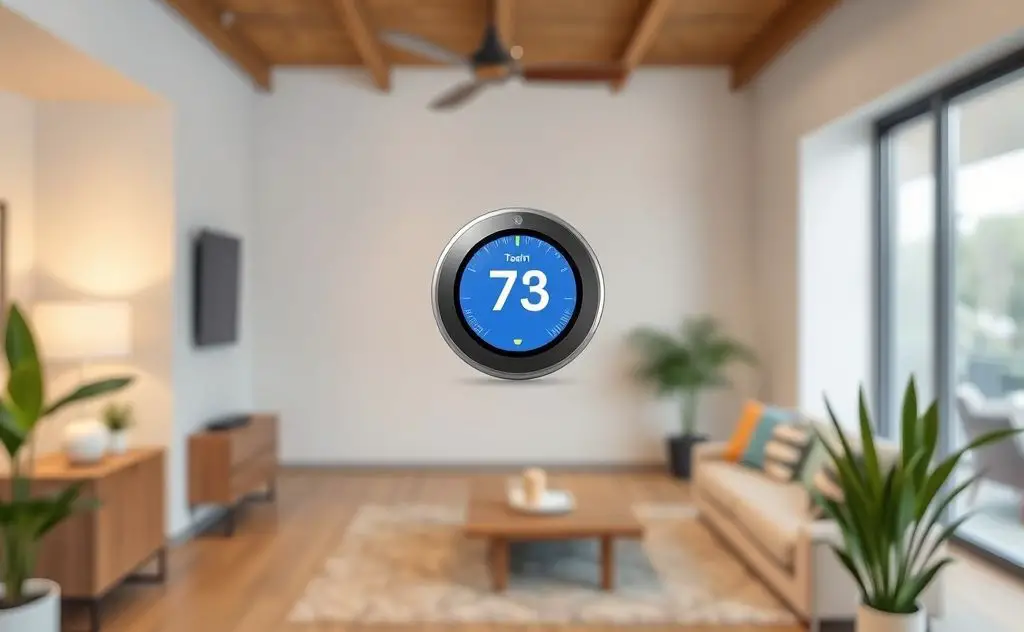Smart thermostats enhance energy efficiency, reduce utility bills, provide remote control access, and optimize home comfort through adaptive learning and scheduling features.
Smart thermostats revolutionize home climate control by optimizing energy use while keeping your living space comfortable. These Wi-Fi-enabled devices learn your habits, adjust automatically, and can slash heating/cooling costs by up to 23% annually according to ENERGY STAR studies.

Significant Energy Savings
Heating and cooling account for nearly half of home energy bills. Smart thermostats combat waste through intelligent features:
Adaptive Scheduling
Unlike basic programmable models, smart thermostats like smart baseboard thermostats analyze your routine:
- Detect when you leave/return using geofencing
- Learn how quickly your home heats/cools
- Adjust temperatures before you wake or arrive
Vacation Mode
Forget to adjust before trips? Remote access via smartphone apps prevents wasted energy. A study by Nest showed users saved 10-12% on heating and 15% on cooling annually.

Enhanced Comfort Features
Room-Specific Control
Advanced models like Ecobee use remote sensors to:
| Feature | Benefit |
|---|---|
| Occupancy detection | Focus climate control on occupied rooms |
| Temperature averaging | Eliminates hot/cold spots |
Weather Adaptation
Units connect to local forecasts, pre-adjusting for temperature swings. During a 2022 Texas heatwave, this feature helped users avoid 37% of peak demand charges.
Smart Home Integration
Modern thermostats work with other systems for whole-home efficiency:
Voice Control
Compatible with Alexa, Google Assistant and Siri for hands-free adjustments. “Hey Google, set living room to 72 degrees” works instantly.
HVAC Monitoring
Alerts for:
- Filter replacement reminders
- System malfunction warnings
- Extreme temperature alerts
According to ENERGY STAR, these features help prevent 85% of emergency HVAC repairs through early detection.
Installation Considerations
Compatibility Check
Not all systems work with smart thermostats. Heat pump systems may require specific models like the best water heater thermostat controls for optimal performance.
Wi-Fi Requirements
Placement within 30 feet of your router ensures reliable connectivity. Mesh network extenders can help for larger homes.
Environmental Impact
The EPA estimates widespread smart thermostat use could:
- Reduce annual CO2 emissions by 13 million metric tons
- Save 26 billion kWh of electricity
- Cut $1.9 billion in energy costs nationwide
As noted in a Lee Company study, these devices represent one of the most cost-effective green home upgrades available today.
